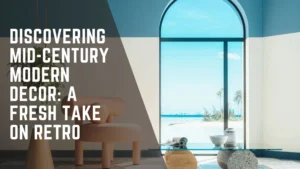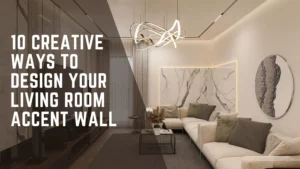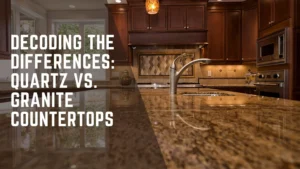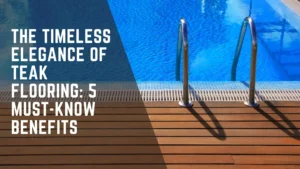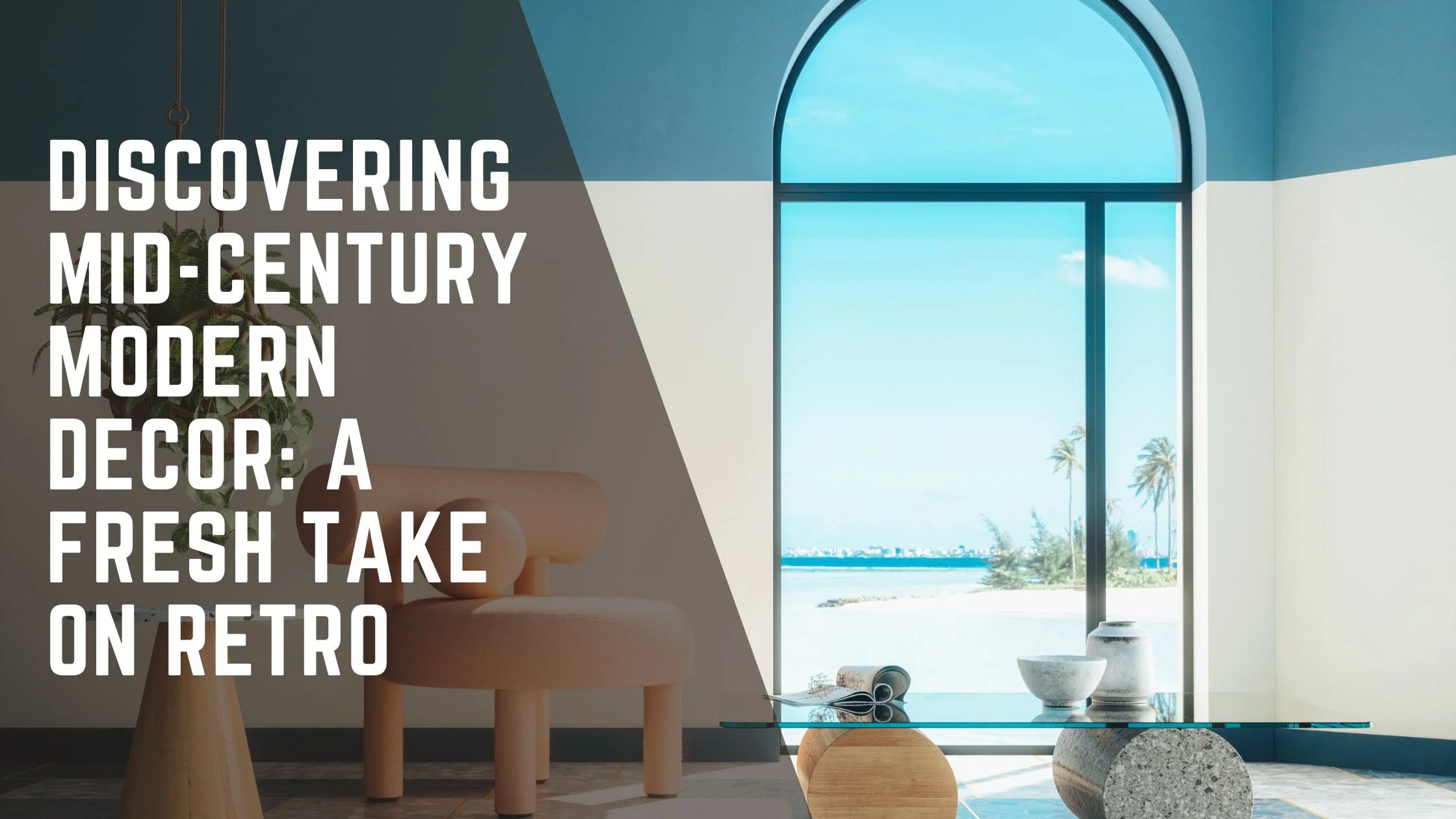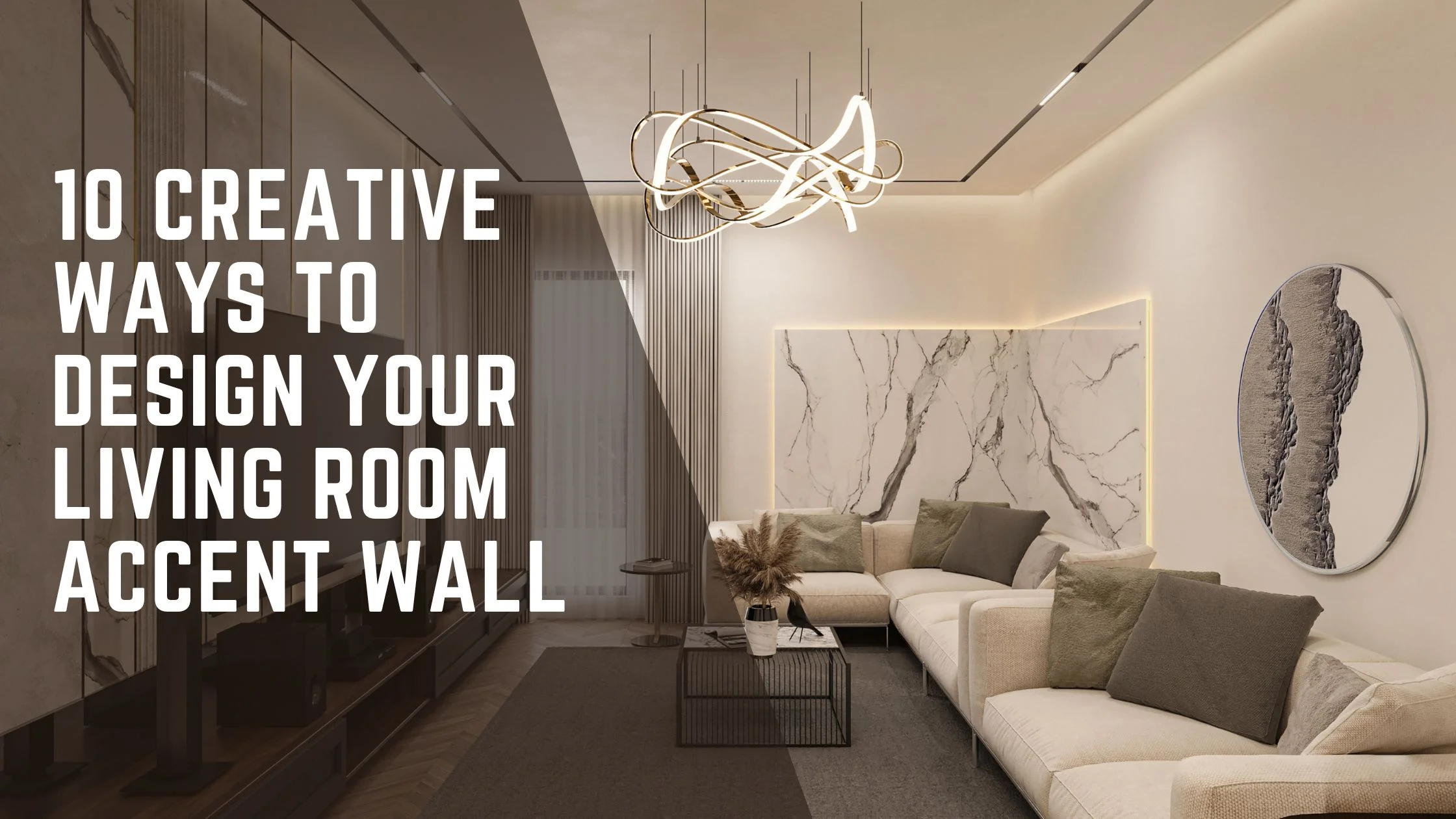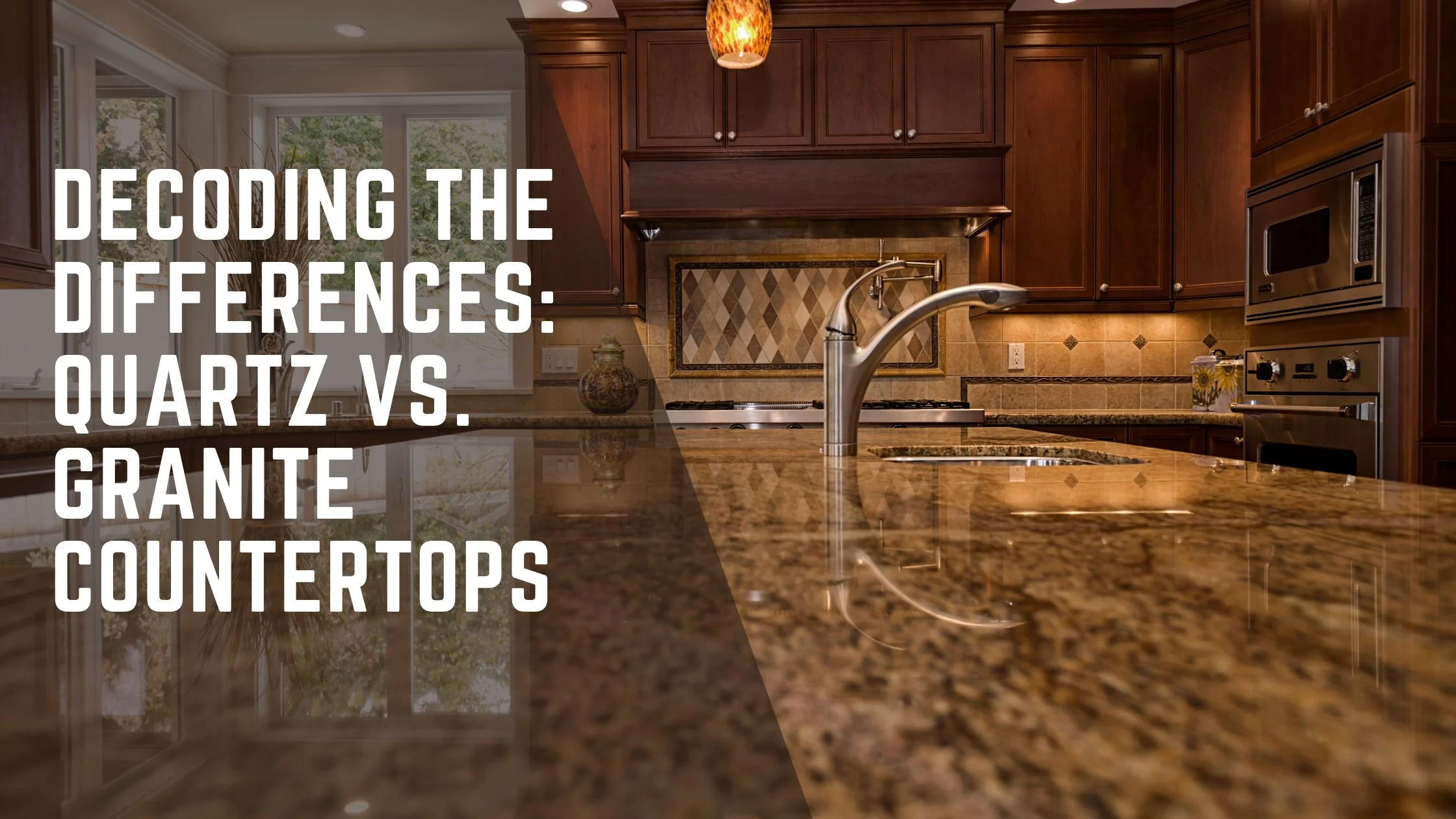Hygge interior design is a minimalistic home decor style that demonstrates the Danish concept of hygge: the sense of contentment produced from life’s simple blessings.
The feeling of comfort and warmth in your home is an important part of hygge. Cuddling up with loved ones while enjoying tea or hot chocolate, taking a picnic outside on a summer day surrounded by friends – these are all instances where you can experience this cozy sensation!
Hygge decor is warm, inviting, and cozy, and is centered on creating an environment that promotes togetherness and appreciation for the small things in life. Hygge design ideas, characterized by soothing neutral hues and natural materials, are a trademark of the Danish culture and way of life.

What Is Hygge Interior Design?
While not an official design style, hygge interior design is typically described as a blend between Scandinavian and minimalist rustic interior designs. Although it is often associated with the winter months, a hygge living space can be created any time of the year—though it is especially known for providing warmth on cold winter nights.
How To Implement This Philosophy Into Your Home?
Include textures
Textures are essential in every home design. They provide visually appealing layers that add aesthetic intrigue and dimension to a place, especially when paired with soft textures like fur rugs or throw pillows made from luxurious materials such as cashmere or silk. Incorporating raw materials into your house is one of the best ways to blend diverse textures while still achieving balance – whether it’s between wood floors and smooth stone walls, rough brickwork offset by elegant metal fixtures dangling overhead, or even an old piece of ceramic.
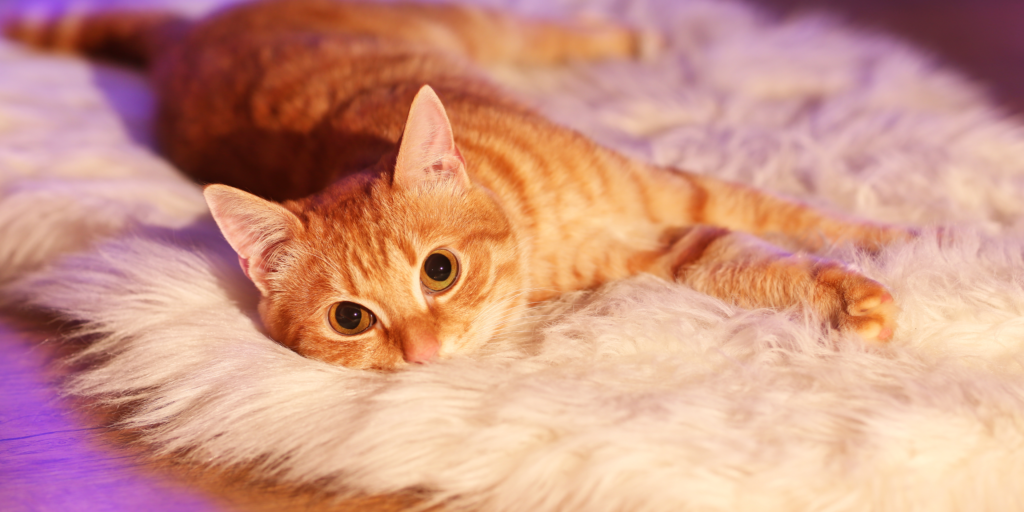
Opt for greenery
Hygge interior design is not complete without including houseplants in your living space. They can improve the overall ambiance of your space. Plants add an undeniable sense of serenity, not to mention how much they beautify any space they occupy. It’s preferable to use real plants, but faux plants could still add a sense of freshness to a space if that is not feasible.
Even just being outside in nature may have a positive impact on our mood and mental health. Decorating with plants, therefore, not only enhances the visual appeal of your space but also helps to improve your overall health.

Add natural materials
The ideal hygge house uses raw, natural materials whenever possible, such as implementing a rattan accent chair or live plants.
These organic materials connect us to nature while also being environmentally friendly—both of which are essential aspects of Scandinavian design and creating hygge at home.
Danish homes are filled with natural materials that mirror the outdoors; exposed brick walls, uncovered hardwood flooring, and piled layers of logs ready to throw into an open fire are all hallmarks of this style.
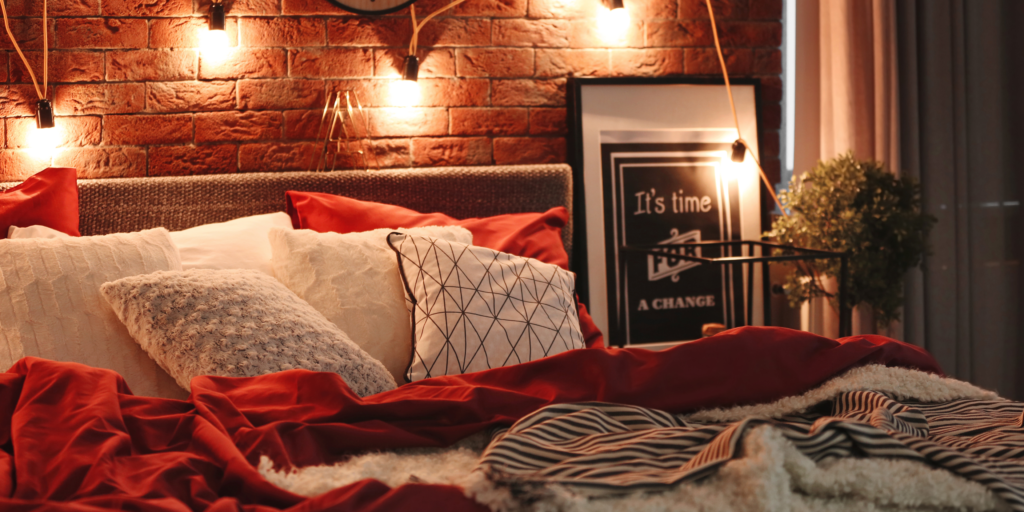
Introduce warm wood tones
For hygge interior design, wood tones and textures are an excellent secondary or accent “color.” Wood accents make a room feel warmer, especially if the walls and furniture are mostly light neutrals.
Whether you choose hardwood flooring or a luxury vinyl tile look-alike, flooring is an easy way to introduce wood tones into your space. Live-edge wood furniture is a popular way to add wood accents, but a traditional coffee table made from reclaimed wood has just as much character.
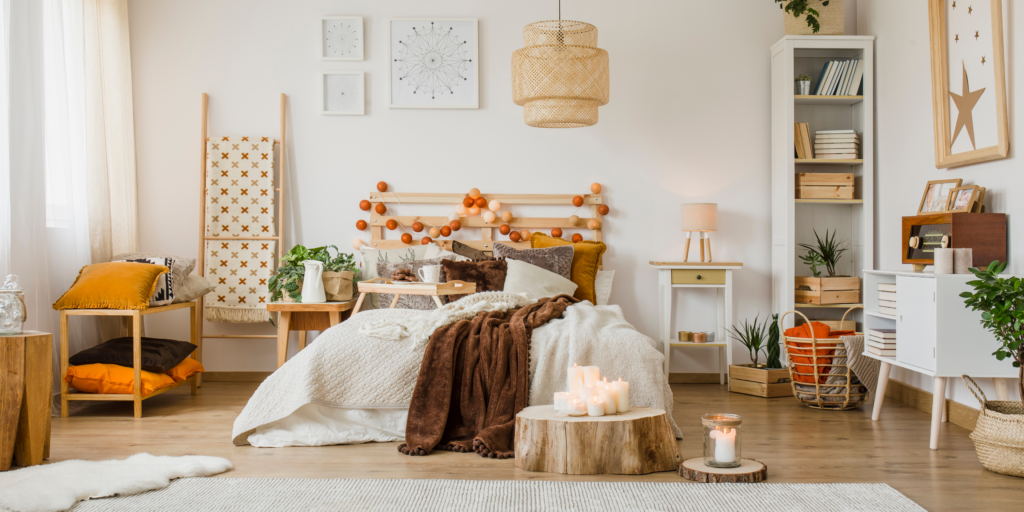
Create a cozy nook
It may be difficult to unwind at the end of a long day, but creating a warm, cozy area in your home is a great way to help you loosen up and truly relax.
Choose a quiet spot in your home and add layers and textures with cushions, plants, and blankets, as well as some warm industrial fairy lights.
If your house lacks a cozy corner, include hygge elements such as fluffy pillows, cozy covers, and candles in your bedroom or living room. Put in glass wall lights that can be turned down to make the room brighter and more relaxing.
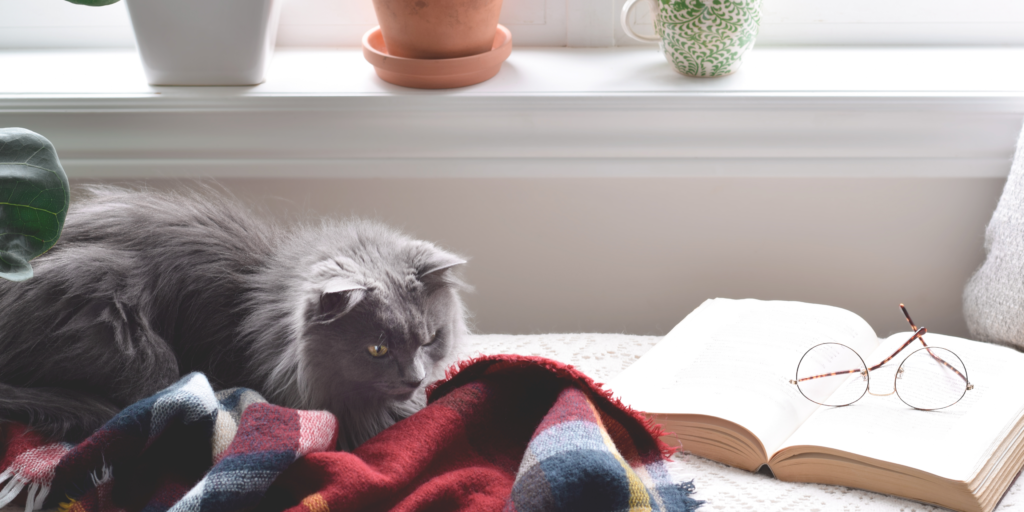
Incorporate artworks
Art adds character and richness to a space. Invest in a few pieces that are meaningful to you to add significance and beauty to your home.
Always remember that less is more. Instead of aiming for a diverse gallery wall, focus on subtler artwork that integrates into your overall design theme. Artwork with natural designs, such as flower prints or abstract landscapes, is a great option.
Arrange furniture for conversation
Consider rearranging your furniture so that people can face each other when conversing, or ensure that every seat has a place to put food and drinks for quick access.
When it comes to organizing your living room for social events, we recommend either positioning your sofas parallel to each other or arranging living room seating around a focal point (such as a coffee table) for ease of communication. Make sure there is adequate space around couches, coffee tables, and other furniture for guests to move around comfortably.
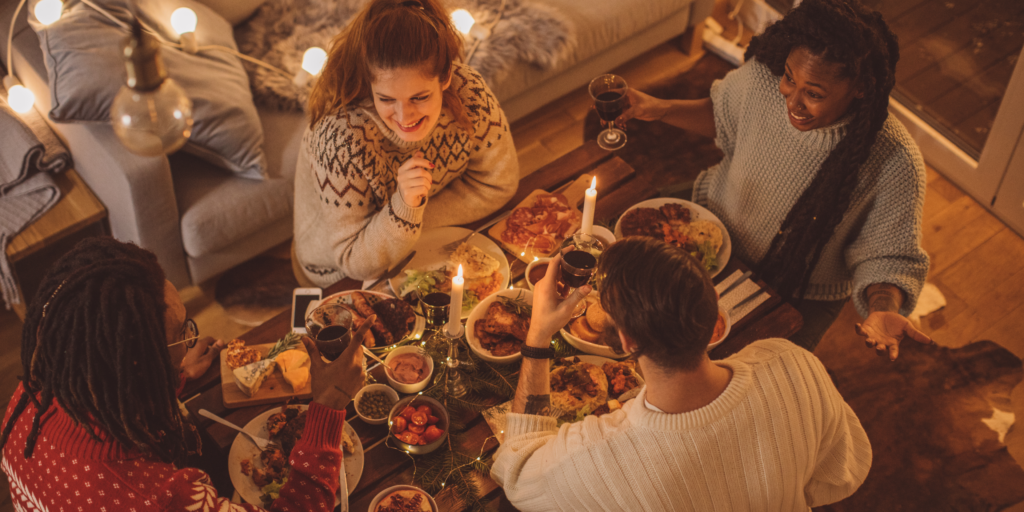
Choose a neutral color palette
We suggest that your base color for hygge interior design be a light, calming neutral like white, cream, tan, or gray—similar to what you would choose in Scandinavian decor. While this color palette may look cold and dull at first sight, having flexible base colors is a great way to set the scene for the hygge home decorations you add along the way. Rather than purchasing new sofas or painting the walls when you want a change of palette, having a neutral base allows you to freshen your area throughout the year with more ease.
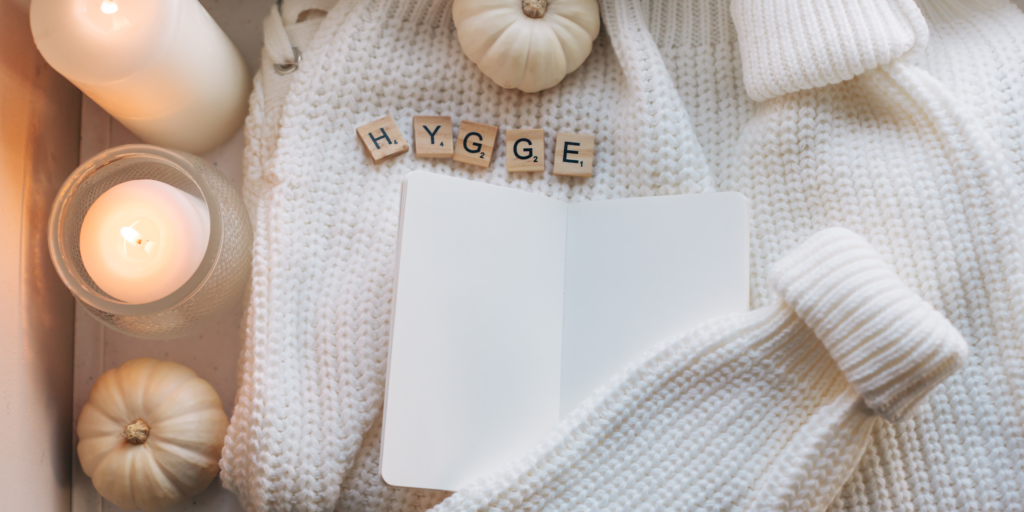
Hygge lifestyle is the art of setting a warm and inviting atmosphere for friends and family to gather and share food, beverages, and good chats together. It is also the joy found in snuggling up with a nice book on a comfy sofa and tucking in for the day with a warm cup of coffee. We hope our recommendations have given you a place to start! There are several interpretations of comfort, coziness, and relaxation, so don’t hesitate to get creative with your interior design. Visit our Instagram and Pinterest pages for more inspiration and a look at the current interior design trends.

